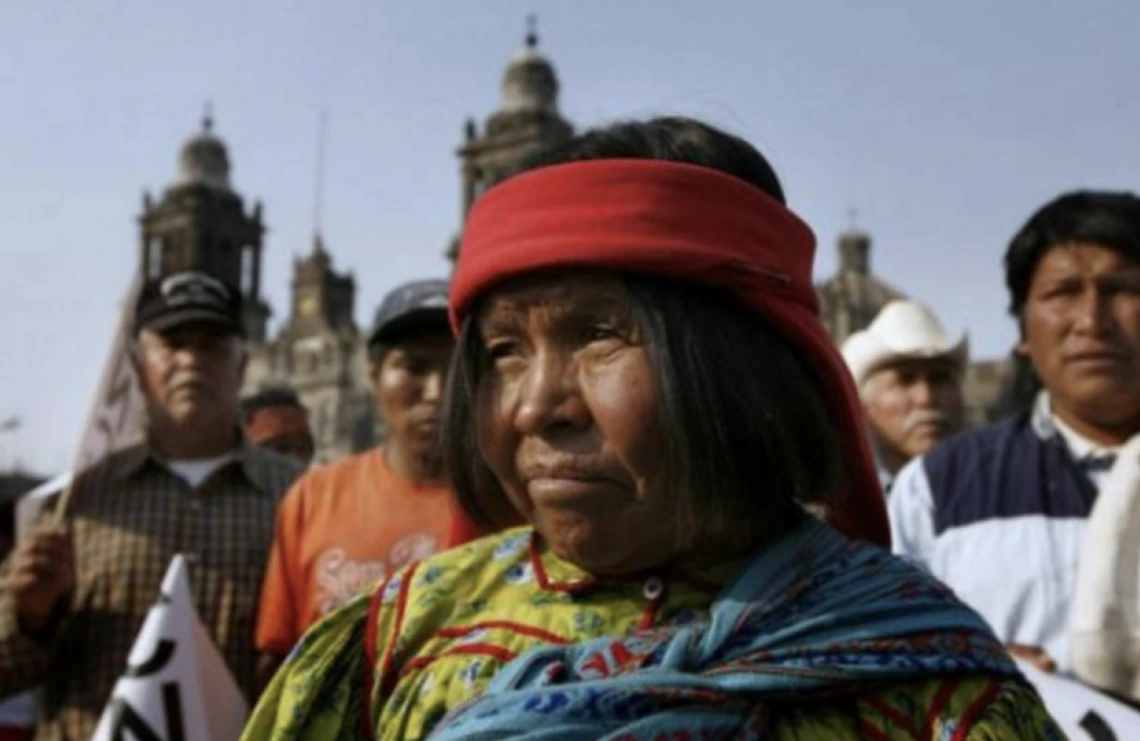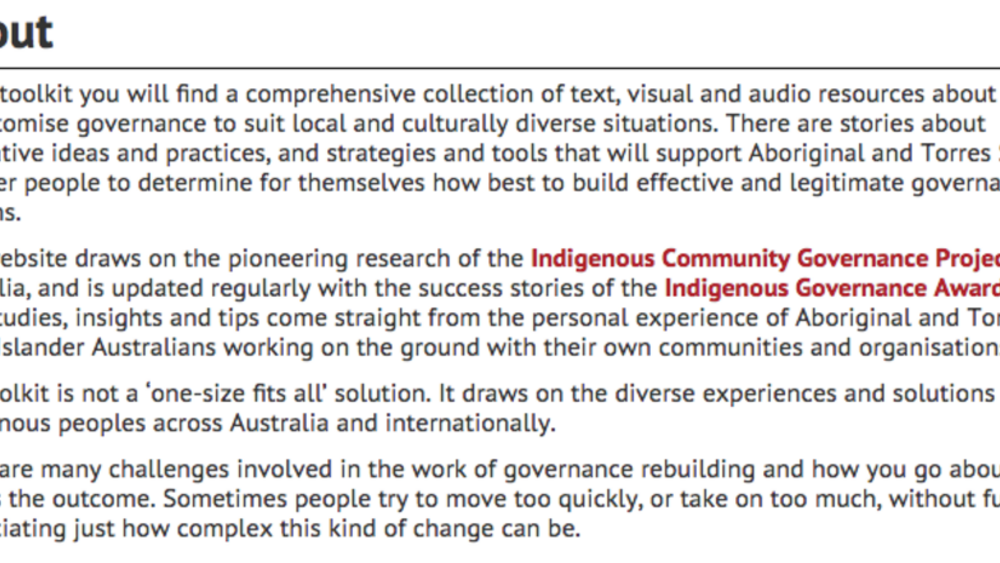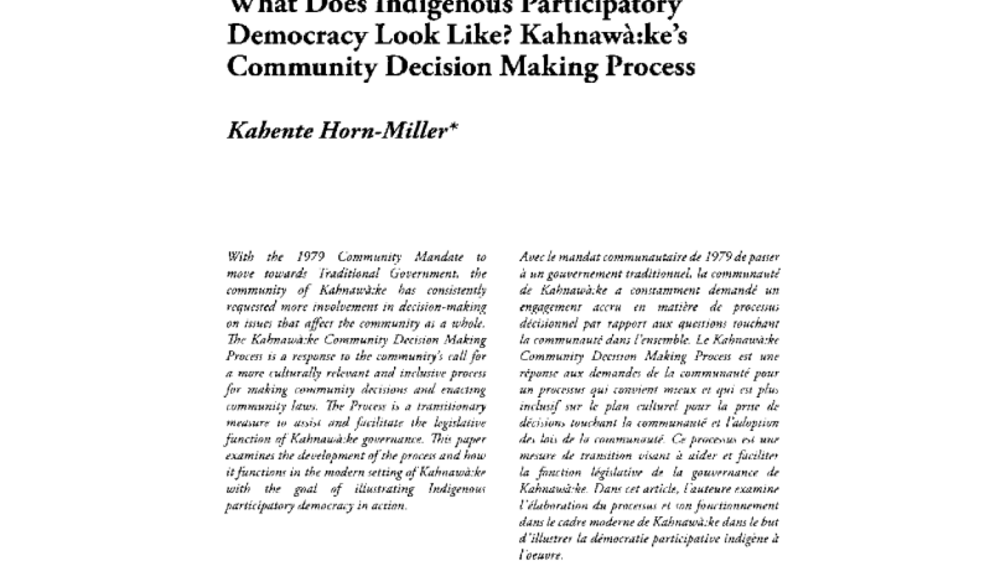When Europeans first came to the Americas they took note of the democratic processes they observed in most indigenous nations. Indigenous political relations were usually decentralized, consensus based, and inclusive. Indigenous democracies may not seem remarkable by contemporary standards, but when Europeans arrived their governments were not democratic. Most of Europe was characterized by centralized absolutist states dominated by class structures, where the majority of people did not participate in the political process. Wars of independence, starting with the United States in 1775 and then throughout Latin and South America during the early 1800s, enabled creation of democratic states after overthrowing European colonial governments. The new democratic American states engaged market economies, and retained class structure, albeit within a nation of individual citizens...
Additional Information
Champagne, Duane. "Preserving Indigenous Democracy." Indian Country Today. February 17, 2014. Article. (https://ictnews.org/archive/preserving-indigenous-democracy), accessed June 3, 2024)



